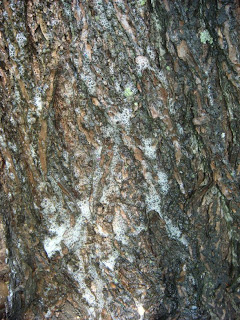The Magical Sandy Beaches of Lake Champlain
 |
| Lake Champlain sunset over Sand Bar State Park by Kristen Jensen |
Luckily, there are always exceptions.
Stumbling across Alburgh Dunes State Park for the first time
can be like stepping into an alternate reality. That was my reaction, at least.
On a day in early June, I was driving across the top of Vermont from Swanton and
into New York State. This drive is flat and sometimes tedious, especially on a
cloudy day. Luckily, in a world before GPS, I glanced at my road map and
noticed a park symbol nearby. On a whim, decided to stop. From Route 78, it’s
only an 8-mile detour on Route 2, which meanders through the Champlain Islands,
past farm fields and views of Lake Champlain.
 |
| Beach day by Raven Schwan- Noble |
If the coastal vibe is strong, it’s because it once was… and
still is, in a way. The dunes and beach form a barrier island, geologically
similar to ocean shoreline, and left over from glacial till deposited during
the last Ice Age. “Sand from [the] soil settles out in the pocket between the
rocky “Point of Tongue” t
o the east and “Coon Point” to the west, forming the
beach. Prevailing southerly winds, in the late summer and fall when lake levels
are lowest, blow the sand back from the shore, forming dunes.” I certainly didn’t
appreciate the geological history during my visit, but I do now.  |
| Sand sculptures on the beach |
The Sandbar WMA, directly adjacent to the park, is a mix of
upland forest and wetlands at the mouth of the Lamoille River. Much of the park
is a refuge with no public access and off-limits to hunting, fishing and
trapping, though there are several public access spots. Due to the variety of
habitats, Sandbar WMA is an ideal place for wildlife watching in a unique
setting. The area is a stopover for migratory waterfowl, seasonal nesting
ground and spawning ground for fish. Common mammals include red fox,
white-tailed deer, coyotes, beaver, otter and muskrat. There are many birds and
bird species to be seen, including a variety of waterfowl such as ducks, great
blue heron, osprey, songbirds like wood thrush, eastern bluebird and veery, wild
turkey, and ruffed grouse. Several species of salamanders, frogs and bullfrogs, and rare spiny softshell turtles can also be spotted.

.jpg)
.jpg)
Comments
Post a Comment
Feel free to let us know what you think.